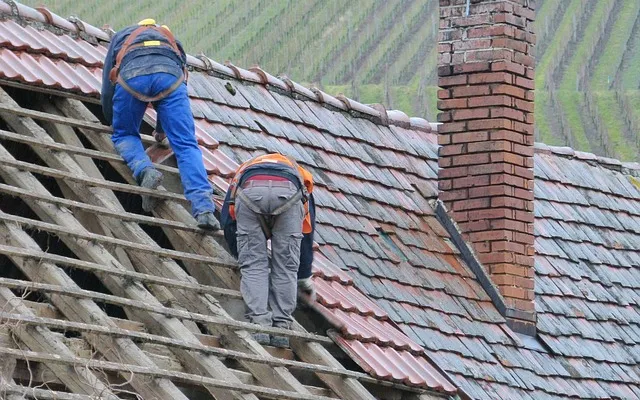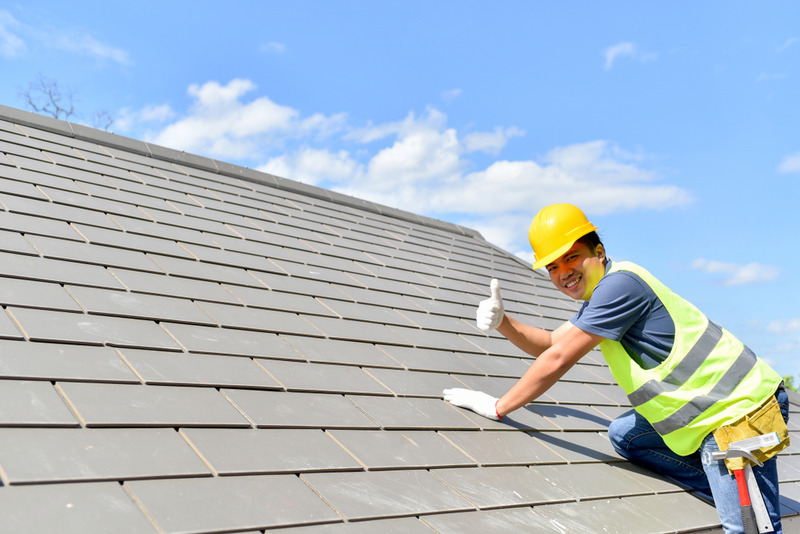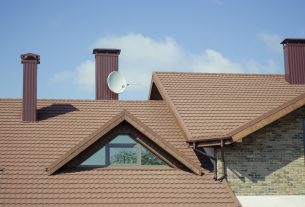Tips for Roofing Repairs: A Guide to Fixing Leaks, Missing Shingles, and Other Roof Problems
Is your roof giving you headaches with leaks, missing shingles, or other problems? Don’t worry, we’re here to help! In this comprehensive guide, we’ll provide you with valuable tips and practical advice on how to address common roofing issues and ensure a reliable and leak-free roof. Whether you’re a homeowner or a business owner, understanding the importance of timely roof repairs and having the knowledge to fix problems can save you from costly damages and protect your property. So, let’s dive in and learn how to tackle roofing repairs like a pro!
Section 1: Identifying Roofing Problems
The first step in fixing your roof is to identify the issues. Here are some common roofing problems to watch out for:
1.1 Leaks: Look for signs of water stains or damp areas on your ceilings, walls, or in your attic.
1.2 Missing or Damaged Shingles: Check for shingles that are cracked, curled, or completely missing.
1.3 Damaged Flashing: Inspect the flashing around chimneys, vents, and skylights for signs of damage or deterioration.
1.4 Clogged Gutters: Clear out debris from gutters and downspouts to ensure proper water flow.
Section 2: Fixing Roof Leaks
2.1 Locate the Source: Trace the leak back to its origin on the roof. Look for damaged or missing shingles, worn-out flashing, or cracked roof vents.
2.2 Replace Damaged Shingles: Carefully remove the damaged shingles and replace them with new ones, ensuring a proper seal.
2.3 Repair Flashing: Use roofing cement to repair or replace damaged flashing around chimneys, vents, and skylights.
2.4 Seal Roof Vents: Apply roofing sealant around roof vents to prevent water infiltration.
Section 3: Addressing Missing or Damaged Shingles

3.1 Gather Replacement Shingles: Purchase new shingles that match the style and colour of your existing roof.
3.2 Remove Old Shingles: Carefully lift the surrounding shingles and remove the damaged or missing ones.
3.3 Install New Shingles: Slide the new shingles into place, ensuring they are properly aligned and secured with roofing nails.
3.4 Seal the Edges: Apply roofing sealant along the edges of the new shingles for added protection against water penetration.
Section 4: Maintaining Your Roof’s Health
4.1 Regular Inspections: Schedule routine roof inspections to catch any issues early on and prevent them from escalating.
4.2 Clearing Debris: Regularly remove leaves, branches, and other debris from your roof and gutters to prevent clogs and water buildup.
4.3 Trim Overhanging Trees: Trim tree branches that hang over your roof to prevent damage from falling limbs and excessive shade that promotes moss and algae growth.
Section 5: Seeking Professional Help
5.1 Knowing When to Call a Professional: While many roofing repairs can be tackled as DIY projects, there are situations where it’s best to seek professional help. Here are a few scenarios where contacting a roofing expert is recommended:
Extensive Damage: If your roof has sustained significant damage, such as large sections of missing or damaged shingles, widespread leaks, or structural issues, it’s advisable to consult a professional roofer. They have the expertise and experience to handle complex repairs.
Safety Concerns: Working on a roof can be dangerous, especially if you’re not comfortable with heights or lack the necessary safety equipment. If you feel unsafe or unsure about performing the repairs yourself, it’s best to hire a professional who is equipped to handle the job safely.
Tackling Roofing Repairs with Confidence
By following these tips and guidelines, you can confidently address common roofing problems such as leaks, missing shingles, and damaged flashing. Timely repairs and regular maintenance will help keep your roof in optimal condition, protecting your property from water damage and ensuring its longevity. Remember, safety should always be a priority, so exercise caution when working at heights or consider hiring a professional if you’re unsure about any aspect of the repairs. Armed with this information, you’re well-equipped to tackle roofing repairs and enjoy a reliable and leak-free roof for years to come.



